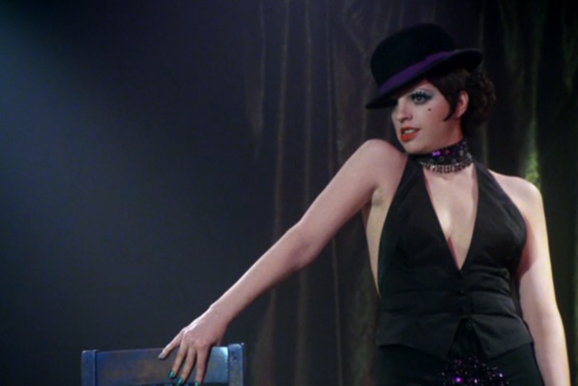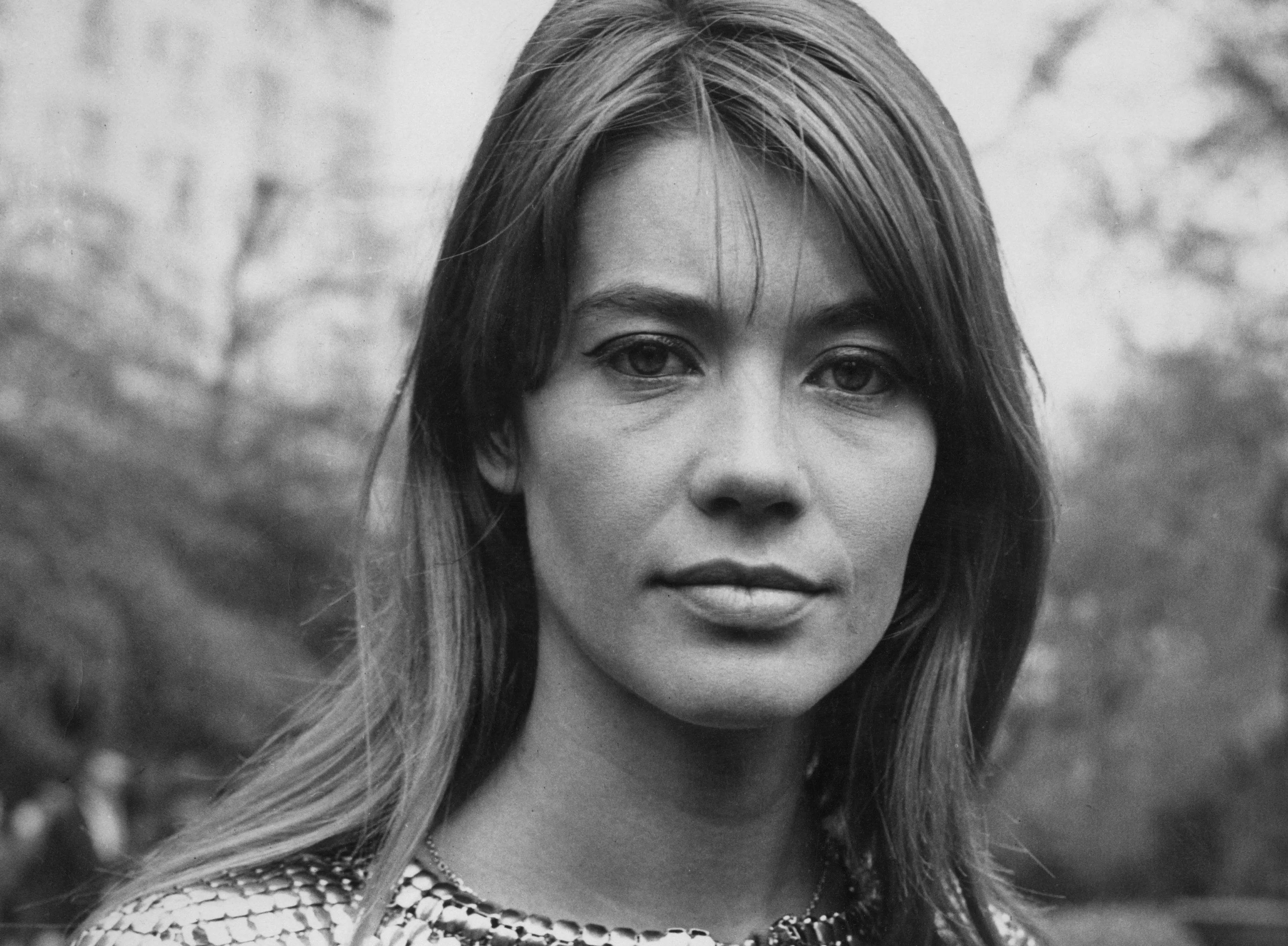You’ve likely encountered Marie’s confident screen presence and witty banter on prime-time television, but you might not know the fascinating journey that brought her from smoky Parisian cabarets to American stardom. Her transformation from a local jazz singer into an entertainment powerhouse didn’t happen overnight, nor did it follow a predictable path. While many European performers have attempted to bridge the cultural gap between continental sophistication and American mass appeal, Marie’s unique approach to this challenge reshaped how networks view foreign talent and created a blueprint that continues to influence the industry today.

Early Years in Paris Nightlife
Marie’s journey to stardom began in the smoky cabarets of Montmartre, where she’d perform three shows a night for tips and barely enough to cover rent. You’d find her belting out Edith Piaf classics and her own compositions at venues like Le Chat Noir and Au Lapin Agile, where she’d catch the attention of local music producers who’d later shape her signature sound.
Breaking Into American Entertainment
After conquering the Parisian nightlife scene, a lucky break on “The Tonight Show” in 1998 launched Marie onto American screens. You’d have seen her charming Jay Leno with her quirky blend of French pop and jazz, leading to guest spots on “Friends” and “Will & Grace.” She’s navigated Hollywood’s fickle waters by keeping her accent authentic while mastering American comedic timing.
Building Her Television Presence
Through a series of calculated moves, the late ’90s saw Marie evolve from occasional guest star to TV mainstay. You’d find her lighting up sitcom episodes on NBC, then securing a recurring role on “Friends” as Sophie, the eccentric French neighbor. By 1999, she’d landed her own variety show, “Marie’s Night In,” where she’d blend her cabaret roots with American pop culture, drawing 15 million viewers weekly.
Beyond The Judges Panel
While serving as a judge on “Star Search Revival” brought Marie mainstream recognition, her true impact on American television extended far beyond the judges’ panel. You’ll find her influence in her own variety show “Marie’s Night Out,” her guest-starring roles on hit sitcoms, and her game-changing production company that’s launched three successful reality shows. She’s also created innovative music specials that blend French and American pop cultures.
 You’ve likely heard electronic beats dominating today’s music charts, but there’s something unexpected making waves across the Atlantic. A French artist from Lyon has turned the music industry on its head by doing what many thought impossible: making centuries-old folk music top the Billboard charts. By fusing traditional Breton instruments like the hurdy-gurdy with contemporary production, this innovative musician isn’t just preserving cultural heritage – they’re transforming it into something entirely new. As young audiences worldwide embrace this fresh take on folk traditions, the question becomes: what makes this unlikely fusion so irresistible?
You’ve likely heard electronic beats dominating today’s music charts, but there’s something unexpected making waves across the Atlantic. A French artist from Lyon has turned the music industry on its head by doing what many thought impossible: making centuries-old folk music top the Billboard charts. By fusing traditional Breton instruments like the hurdy-gurdy with contemporary production, this innovative musician isn’t just preserving cultural heritage – they’re transforming it into something entirely new. As young audiences worldwide embrace this fresh take on folk traditions, the question becomes: what makes this unlikely fusion so irresistible?
